I'm racing out the door for a breakfast meet so I have to make this quick. I'm in Salt Lake City this week for the Outdoor Retailer Show and I'm connecting with my extended family of passionate people who work hard at creating an active lifestyle for themselves and others through the creation of the finest outdoor recreation equipment clothing a footwear. At OR twice each year we all get together and here is where passion plays. Thanks again to KEEN Footwear whose original grant launched the Joy Trip...
The Joy Trip Project
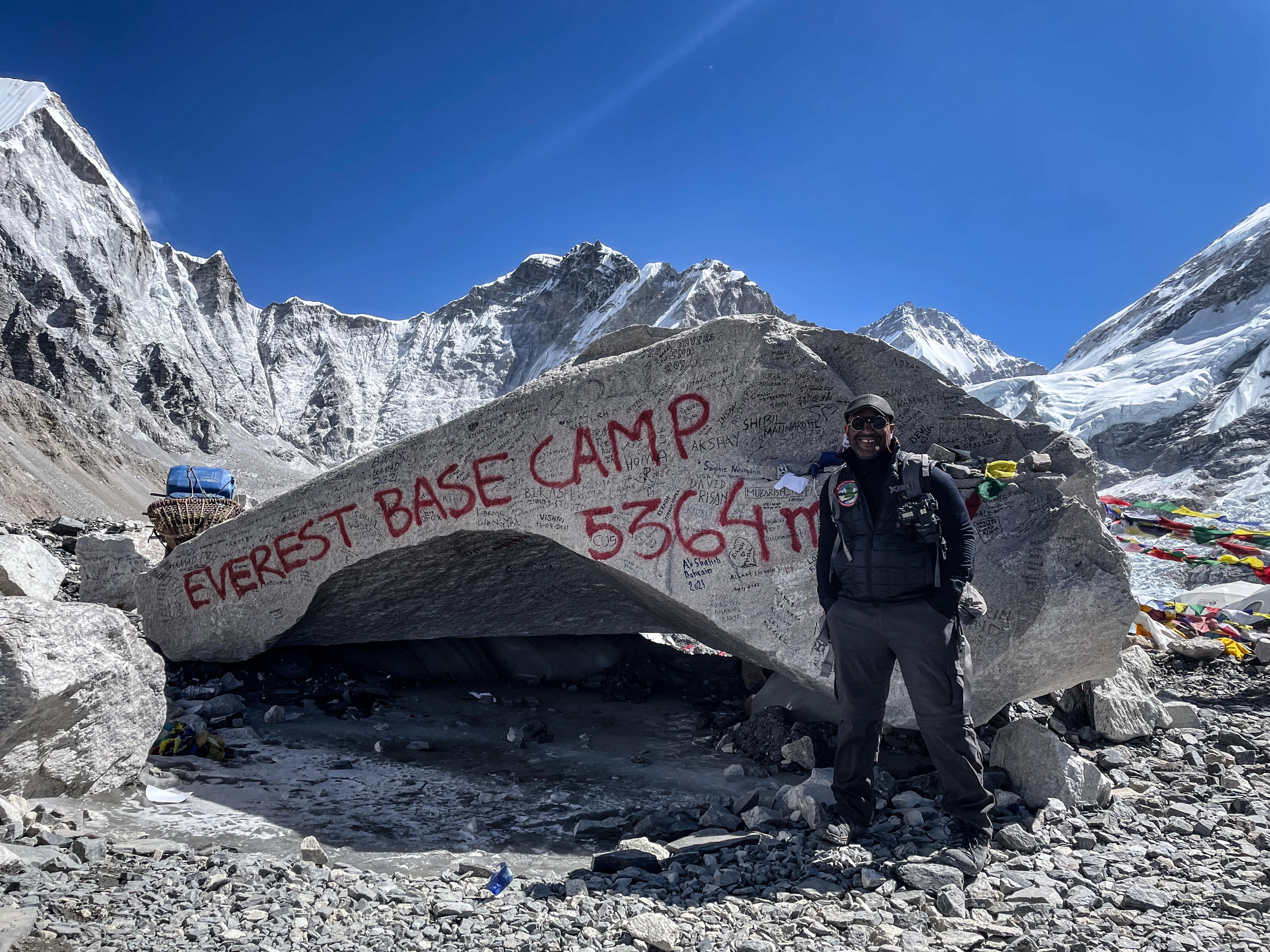
The Joy Trip Project
Reporting on the Business, Art and Culture of the Active Lifestyle
The Joy Trip Project
Reporting on the Business, Art and Culture of the Active Lifestyle
by James Edward Mills
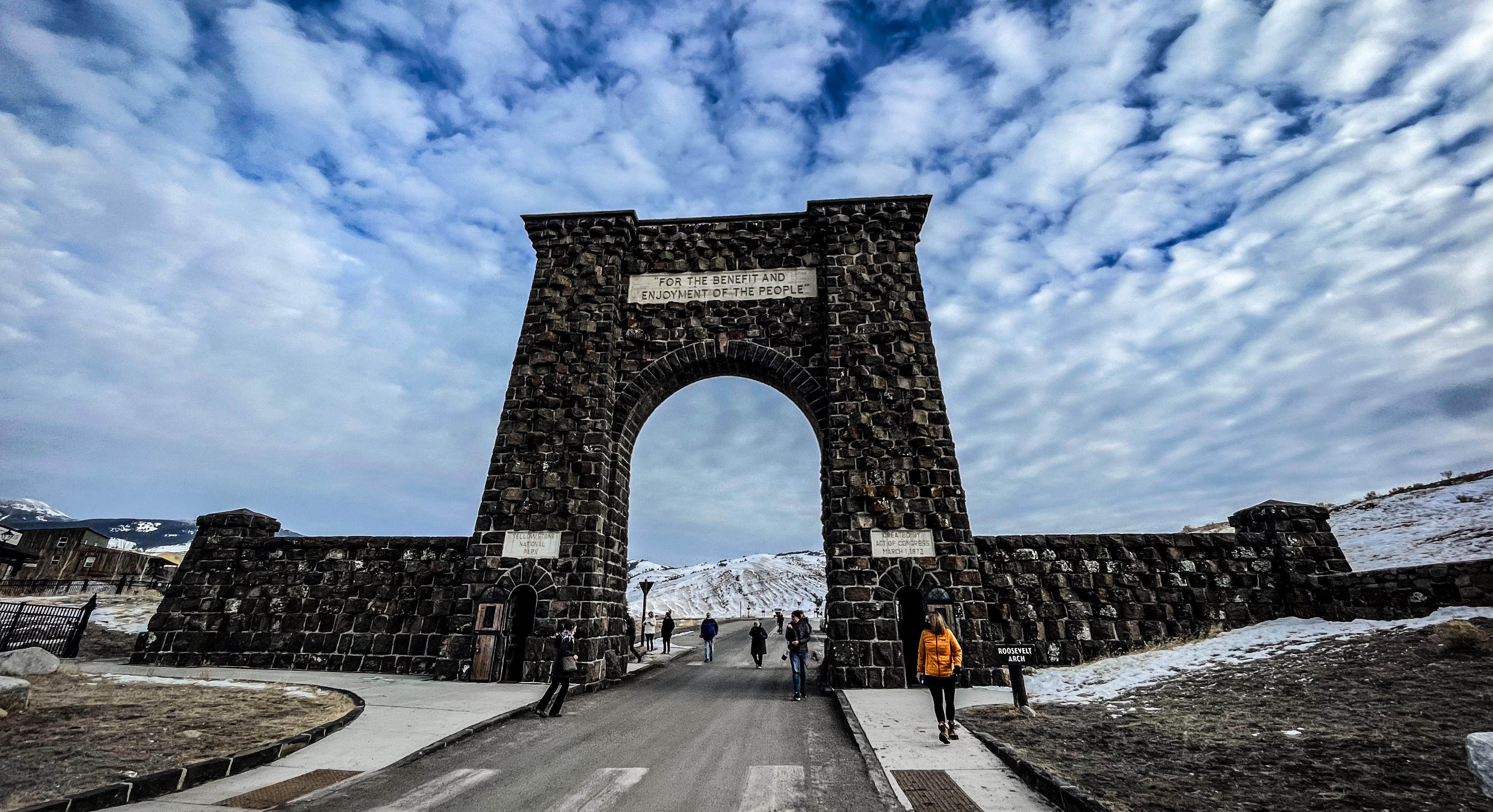
Parks Paid Forward
Learn More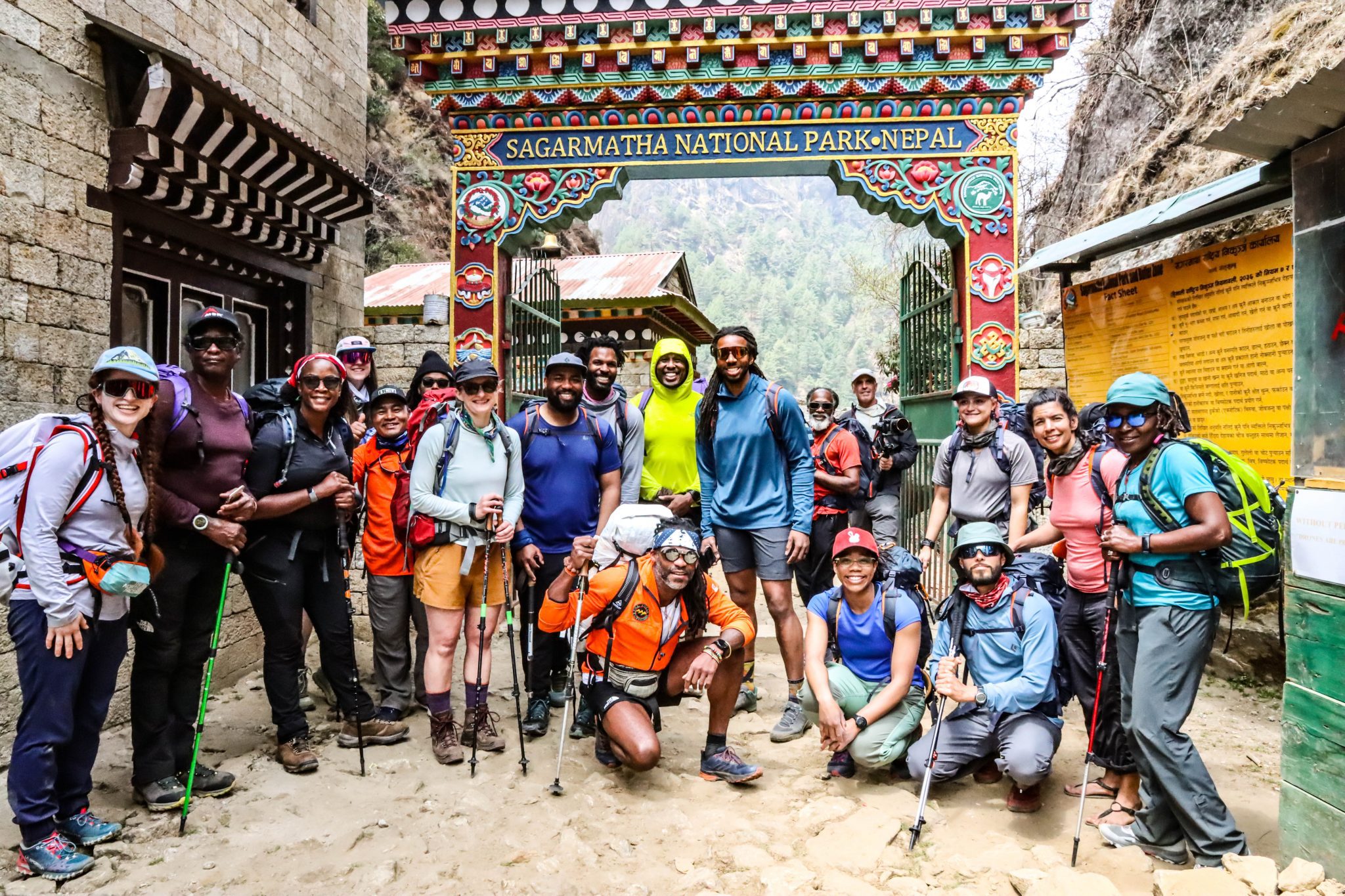
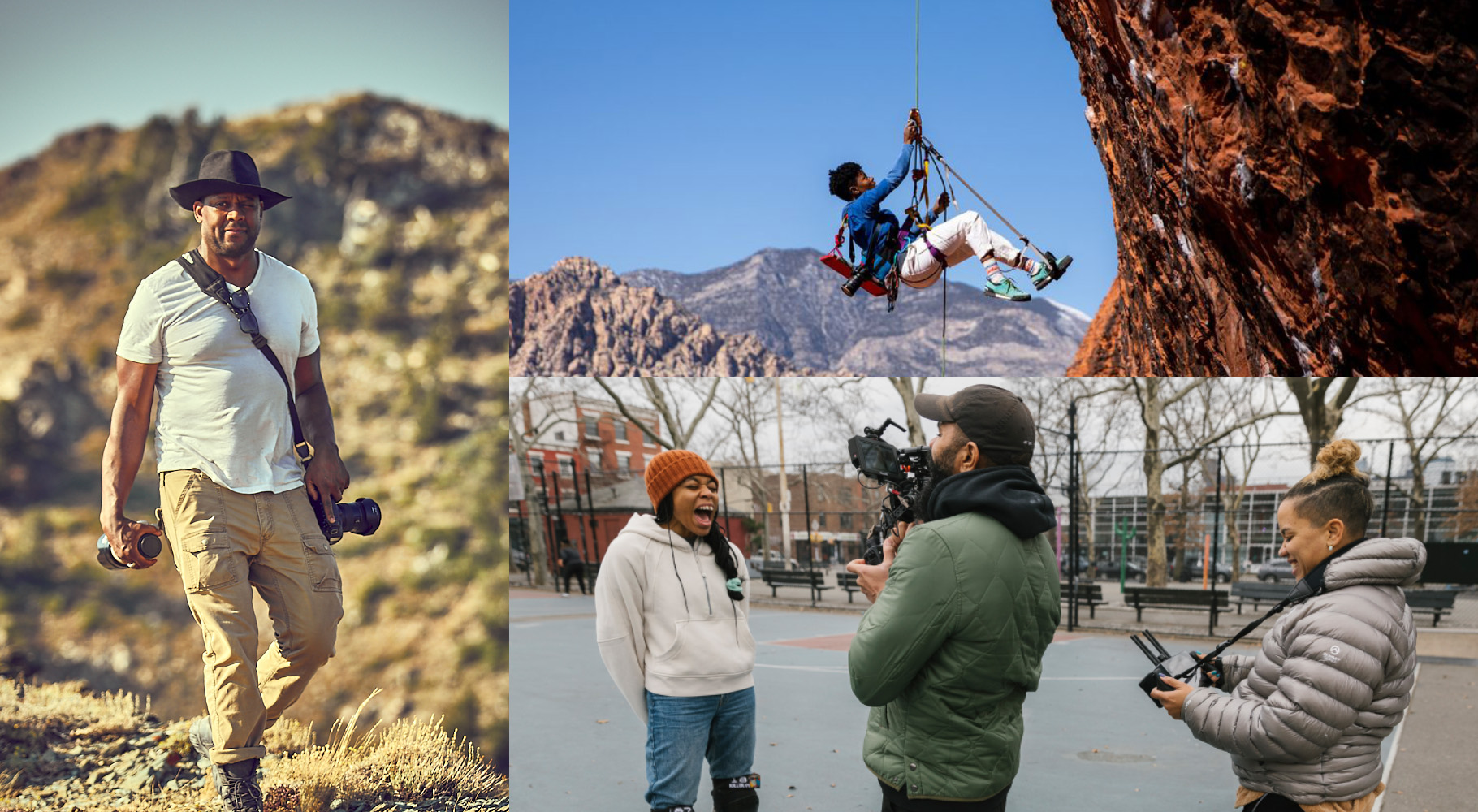
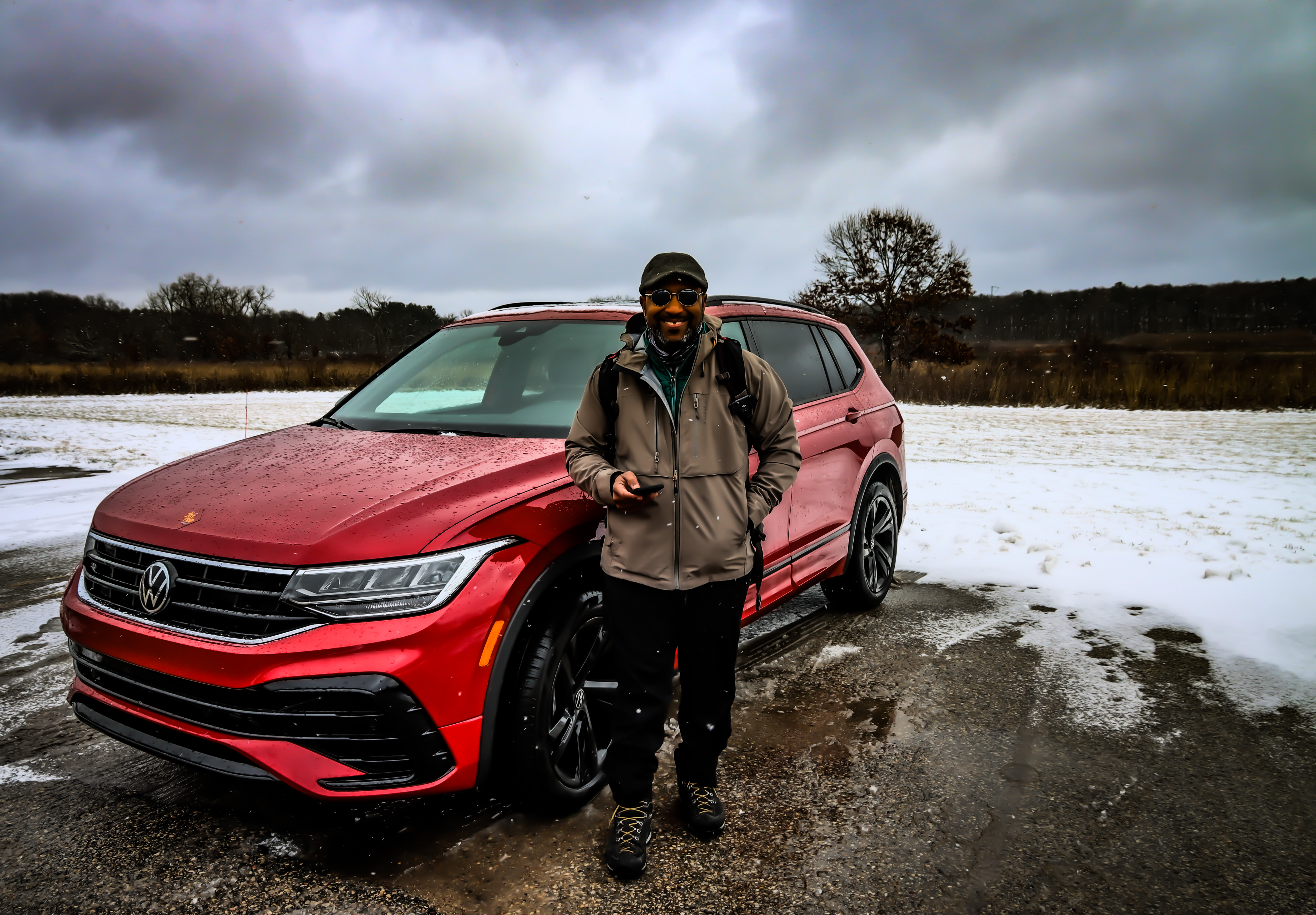
 I have way too many friends on Facebook. That’s more of an observation than a confession, but that bit of reality becomes more clear to me every time someone with whom I am well acquainted online but have never met in person happily greets me in the real world. That happened at least three times at the Open-Air Demo during the Outdoor Retailer Summer Market. And in the process I did something I’m not terribly proud of. And my bad behavior has revealed a truly dark side of my nature I thought I was above. Turns out I’m a gear whore.
I have way too many friends on Facebook. That’s more of an observation than a confession, but that bit of reality becomes more clear to me every time someone with whom I am well acquainted online but have never met in person happily greets me in the real world. That happened at least three times at the Open-Air Demo during the Outdoor Retailer Summer Market. And in the process I did something I’m not terribly proud of. And my bad behavior has revealed a truly dark side of my nature I thought I was above. Turns out I’m a gear whore.Hector's Dolphins endangered in New Zealand – The Joy Trip Project
About the size of a human child Hector’s Dolphins are among the smallest dolphin species in the world. Found only in the coastal waters of New Zealand, where there is a very active fishing industry, they are also among the most endangered.
“At the moment there are about 27 percent of the numbers there were in the 1970s,” said Liz Slooten a marine biologist at the University of Otago. “Many Dolphins you’d expect there to be tens of thousands or even hundreds of thousands of individuals. But Hector’s Dolphins? There’re just over 7,000 individuals.” Hector’s Dolphins and a subspecies called Maui’s Dolphins are frequently killed when they are inadvertently trapped in the fine mesh of gill nets. Despite resistance from the fishing industry researches working with the National Institute for Water and Atmosphere aim to create protection zones to prevent the extinction of this threatened species.Everyone asks me why I’d rather drive than fly. The journey from Madison to Salt City is a three-day Joy Trip of almost 1,500 miles along flat featureless highway. At 6:00 AM in Lincoln, Nebraska the sunrise on this foggy second day of travel is infinitely less interesting than the Day Inns marquee. The breakfast promise of DYI waffles and bad Maxwell House with a side order spotty wireless service reflects the pale morning light as dawn cracks over the prairie. It’s another glorious day.
Producer Profile: Rebecca Huntington – The Joy Trip Project
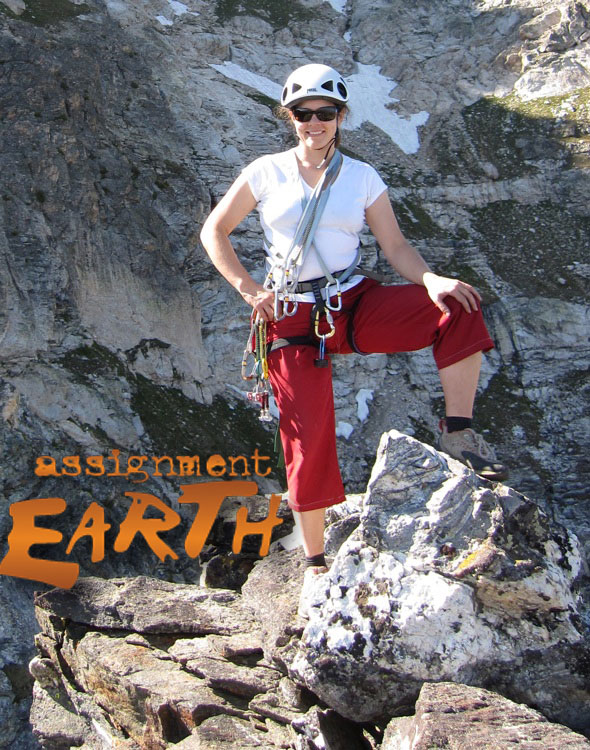
 What follows is a Q&A interview conducted for Assignment Earth
What follows is a Q&A interview conducted for Assignment Earth
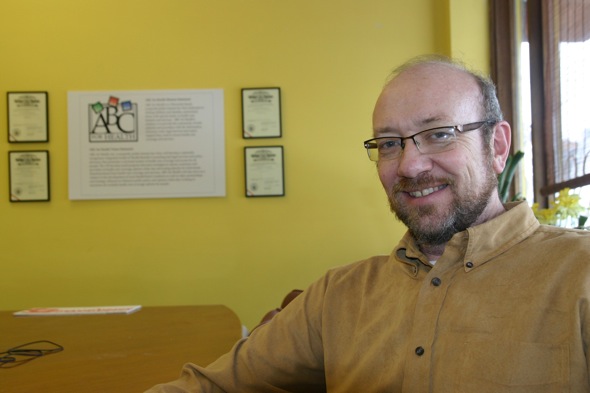 [/caption]
[/caption]
- 1
- 2
- 3
- 4
- 5
- 6
- 7
- 8
- 9
- 10
- 11
- 12
- 13
- 14
- 15
- 16
- 17
- 18
- 19
- 20
- 21
- 22
- 23
- 24
- 25
- 26
- 27
- 28
- 29
- 30
- 31
- 32
- 33
- 34
- 35
- 36
- 37
- 38
- 39
- 40
- 41
- 42
- 43
- 44
- 45
- 46
- 47
- 48
- 49
- 50
- 51
- 52
- 53
- 54
- 55
- 56
- 57
- 58
- 59
- 60
- 61
- 62
- 63
- 64
- 65
- 66
- 67
- 68
- 69
- 70
- 71
- 72
- 73
- 74
- 75
- 76
- 77
- 78
- 79
- 80
- 81
- 82
- 83
- 84
- 85
- 86
- 87
- 88
- 89
- 90
- 91
- 92
- 93
- 94
- 95
- 96
- 97
- 98
- 99
- 100
- 101
- 102
- 103
- 104
- 105
- 106
- 107
- 108
- 109
- 110
- 111
- 112
- 113
- 114
- 115
- 116
- 117
- 118
- 119
- 120
- 121
- 122
- 123
- 124
- 125
- 126
- 127
- 128
- 129
- 130
- 131
- 132
- 133
- 134
- 135
- 136
- 137
- 138
- 139
- 140
- 141
- 142
- 143
- 144
- 145
- 146
- 147
- 148
- 149
- 150
- 151
- 152
- 153
- 154
- 155
- 156
- 157
- 158
- 159
- 160
- 161
- 162
- 163
- 164
- 165
- 166
- 167




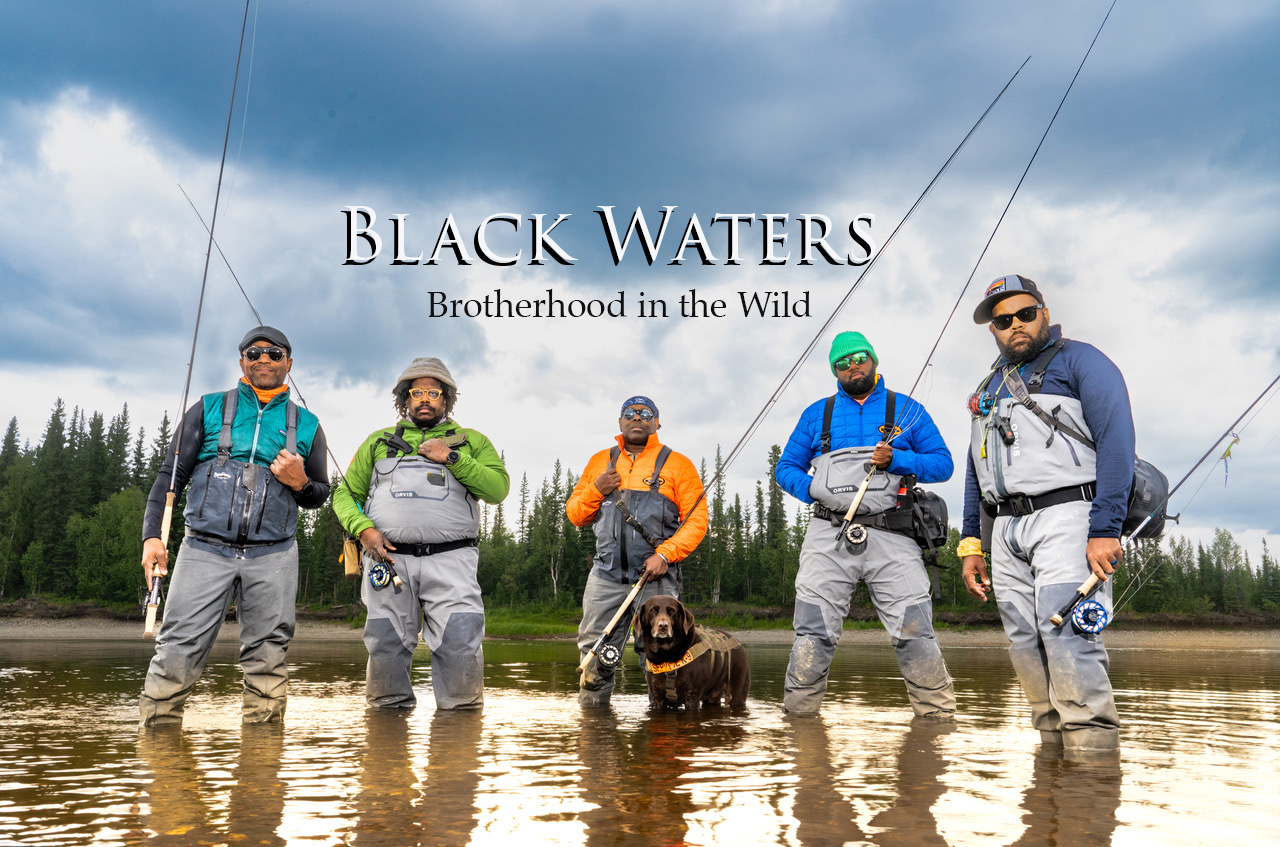


You must be logged in to post a comment.